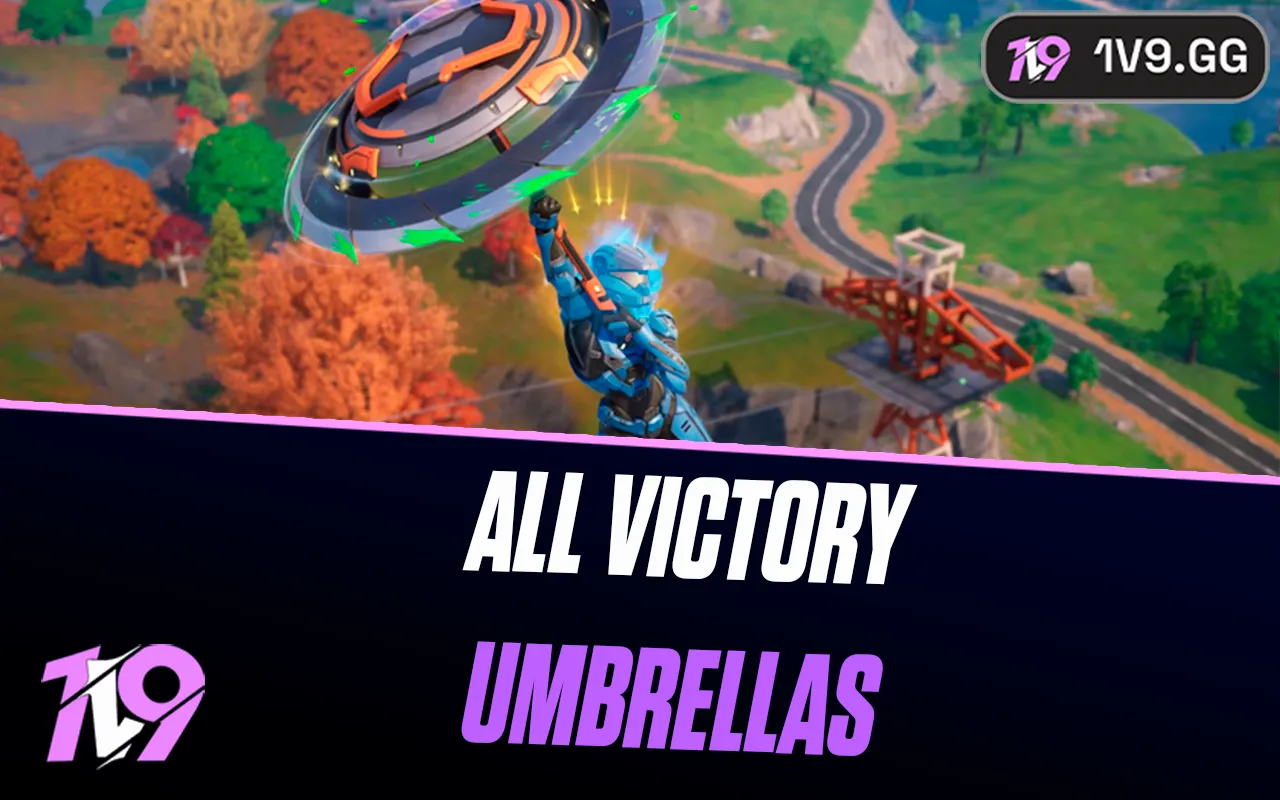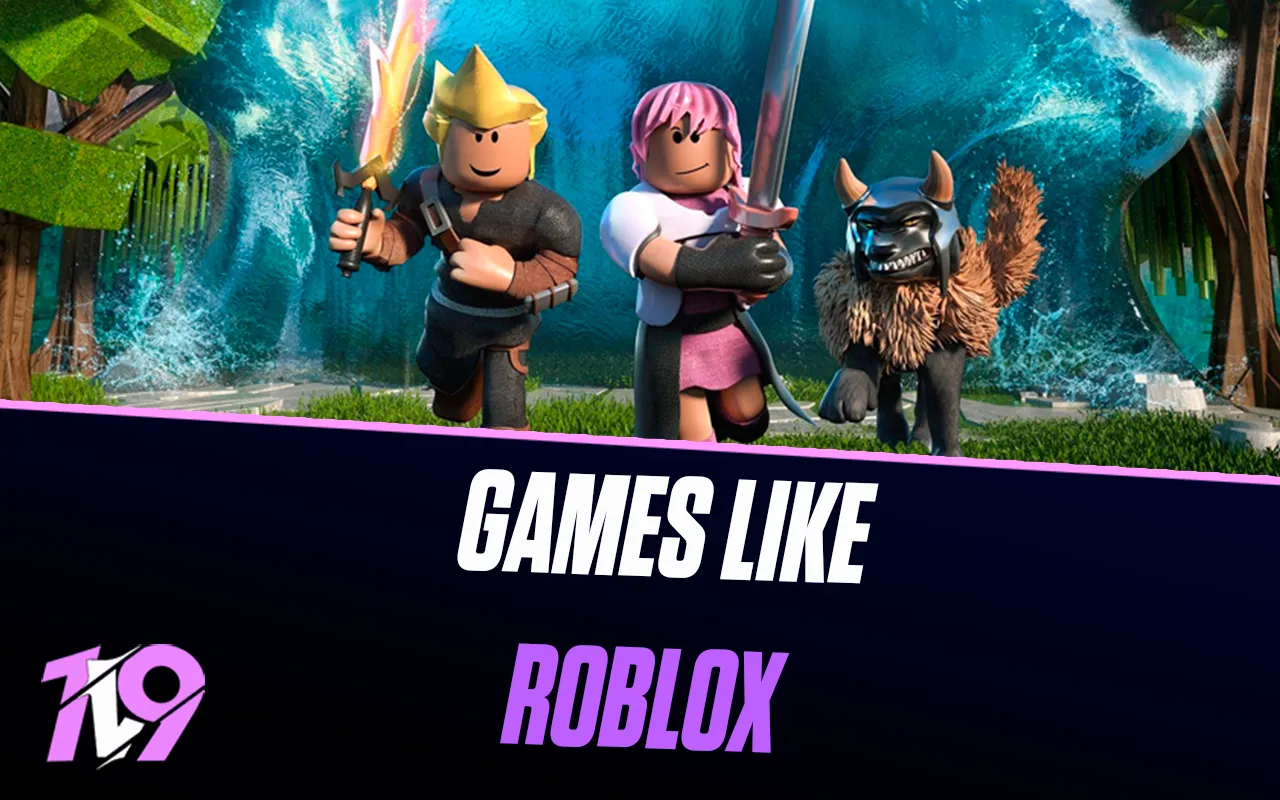
Valorant Sunset Map Guide: Tips & Tricks
Sunset is a standout addition to Valorant’s roster of maps, boasting a design that perfectly balances classic competitive elements with innovative modern features. Set against the backdrop of a vibrant Californian neighborhood, the map offers a strategic mix of narrow passageways and expansive open areas. This combination provides a dynamic battlefield that caters to a wide range of tactical playstyles and encourages both precision and creativity. In this guide, we’ll delve into the key strategies and tips you need to master the Sunset map and consistently secure victories.
Sunset Map Layout

The Sunset map in Valorant offers a quintessential three-lane structure featuring two bomb sites, seamlessly linked by a central mid-section. Distinguished by its absence of dynamic elements like teleporters or zip lines, Sunset instead incorporates breakable doors akin to those on Ascent, which places a premium on sharp shooting and strategic positioning.
Sunset’s relatively compact layout facilitates swift defender rotations, yet it retains sufficient complexity to reward attackers who employ deliberate and coordinated strategies. Each bomb site on the map is designed to deliver a unique tactical experience: Site A favors open-space engagements ideal for long-range combat and orchestrated team plays, whereas Site B presents a maze of tight corners and diverse angles, testing the team’s ability to handle close encounters.
Key architectural features such as the Boba shop, which connects the Defender spawn to Mid Top, and the crucial A Elbow that links A Main to A Alley, are instrumental in shaping gameplay. These strategic points, coupled with the map’s design for quick movements through Mid Courtyard, ensure that control and teamwork are critical to securing victory in each round.
Strategic Control Points on the Sunset Map
The Mid Section on Sunset serves as a crucial battleground due to its connectivity and strategic significance. Positioned centrally, it acts as a hub linking vital areas like Mid Tiles, B Market, and Mid Top, thereby weaving a complex lattice of tactical opportunities. Gaining control over Mid Pillar is especially pivotal as it provides essential insights into enemy movements and can significantly impact the control over both bomb sites.
The dynamic nature of Mid control on Sunset enables varied strategic approaches. Defenders have the option to assert dominance early by adopting aggressive stances at Mid Top, or they can choose to hold back at Mid Tiles, utilizing utility to thwart advancing pushes. Conversely, attackers can exploit the multiple entry points to disperse the defense, swiftly transitioning through Mid to B Market or orchestrating deceptive maneuvers across the Mid Section.
The strategic inclusion of breakable doors introduces additional tactical considerations, compelling teams to decide whether to preserve these barriers for auditory signals or demolish them to facilitate smoother rotations. This complexity transforms the challenge of Mid control from merely occupying space to a critical exercise in sustaining pressure and orchestrating map-wide tactical plays.
Best Agents to Play on Sunset

The distinctive design of Sunset, with its compact structure and intricate layout, requires a thoughtful selection of agents whose abilities align well with the map’s demands. The best agents for Sunset are those who can effectively manipulate space, provide valuable reconnaissance, and adeptly manage the map’s numerous tight spots.
Here’s a breakdown of the top agents for each role on Sunset:
• Controllers: Harbor and Viper are standout choices due to their ability to dominate site control and effectively manage the map’s smaller, confined sites with their zoning abilities.
• Initiators: Breach and Sova are invaluable for their ability to gather intelligence in confined areas and flush out enemies from behind cover with their disruptive abilities.
• Duelists: Raze is particularly effective on Sunset, where her explosive arsenal can maximize damage in close-quarters engagements and navigate the tight corners with ease.
• Sentinels: Sage excels on this map, utilizing her defensive utilities to fortify positions, create new angles, and control key choke points.
Selecting these agents allows teams to fully leverage the unique characteristics of Sunset, enhancing their ability to control key areas, gather essential intel, and adjust to the close-quarters combat that the map promotes.
Conclusion
Mastering the Sunset map in Valorant hinges on understanding its unique layout and strategic dynamics. With its mix of open spaces and tight corridors set in a picturesque Californian neighborhood, Sunset challenges players to adapt their strategies and select agents that can best exploit these varied environments. By focusing on key control points like the Mid Section, utilizing breakable doors strategically, and choosing agents such as Harbor, Viper, Breach, Sova, Raze, and Sage who thrive in this setting, teams can significantly enhance their performance. Whether defending or attacking, the tips and insights provided in this guide will help players navigate Sunset with confidence and tactical superiority, paving the way for consistent victories and enjoyable gameplay.
Posted On: October 21st, 2024
Recent Articles
💬 Need help?
Our 1v9 support team is available 24/7 to help you with any questions or issues you may have.
support@1v9.gg
Loading...
1v9.gg is not endorsed or affiliated by any game developers or publishers.
2025 1v9, All Rights Reserved, Created By NightDev







